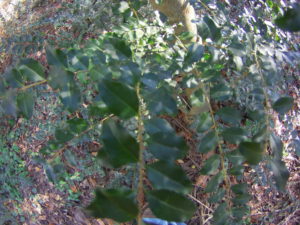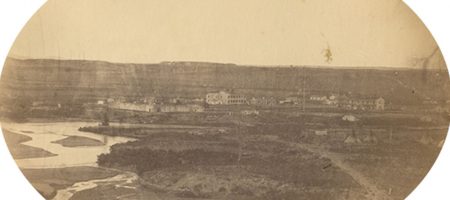Chinese Privet/Ligustrum lucidum
What is it? The Chinese Privet is a poisonous medicinal plant used for over 2,000 years in ancient Chinese Medicine. And although the plant can be toxic if taken in large amounts, in small amounts this bush is extremely helpful in aiding vision, kidney problems, and even insomnia. Please consult a professional before trying this plant as it has many close look-a-likes which are not medicinal!
Where to find it? The Chinese Privet is becoming an invasive species, and can be found growing throughout Oklahoma’s mountainous regions, Texas, Asia, China, and many other locations across America. It prefers roadsides and other moist locations like river valleys, hills, and even mountains with many lakes and streams. This bush also does extremely well in woods with shade, no, shade, or partial shade.
What to eat? There are many ways you can use the berries, but the rest of the plant is considered toxic, and shouldn’t be used unless you are in a starving situation. The young shoots can be used as a famine food, but in large quantities, this plant is toxic, including the berries! Use in small amounts for safest results!

By Christian Calhoun at www.survivingtheoregontrail.com
When to find it? You can find this ever-green bush year-round. The flowers come during early spring or mid-spring. The fruit takes several months to form, but lasts for many more months well into winter. This also depends on your locations and the type of Privet you have. Please do much research into the variety of Privet you have as some are completely different than others.
What does it look like? The Chinese Privet is an ever-green bush, but as it grows larger and bigger, it will eventually resemble a tree! The bark on the bush is usually smooth, unless it is an older plant, with a light brownish grey hue to it. It is recognized easily with the bluish spots all over the bush. The flowers are small, white, and simple with four petals. They grow in large clusters all around the bush, but the ones I grew up with were bare and quite unhealthy bushes so there weren’t that many flowers. The berries that come after the flowers are very tiny, blue, and in the same place as the flowers were. During the winter they usually fall to the ground or shrivel up.
How to enjoy it? As I already stated above, the young shoots can be eaten as a famine food. However in large quantities, both the young shoots and the berries are toxic! Again, consult a professional for safety measures. The fruit has been tested and confirmed to be antiseptic, diuretic, antibacterial, tonic, antitumour, and cardiotonic. The fruit has been used to treat many problems such as respiratory tract infections, preventing bone marrow loss for cancer patients, increasing white blood cells, cataracts, blurred vision, weak kidneys, backaches, insomnia, and even Parkinson’s disease. The fruit also has the potential to treat AIDS, and many other diseases. You can dry the fruit, or use fresh went ground and turned into a powder. Add to teas in small amounts, and research tea recipes for the best combinations for helping specific ailments.








